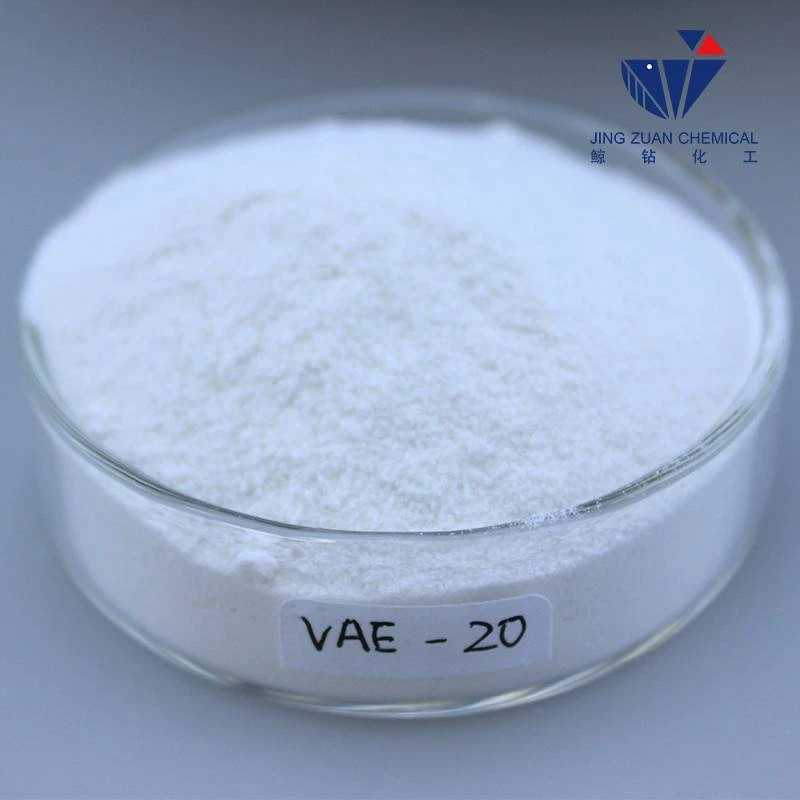
marras . 08, 2024 11:22 Back to list
Exploring Viscometric Properties of HPMC Viscosity Grades for Diverse Applications.
Understanding HPMC Viscosity Grades A Comprehensive Overview
Hydroxypropyl Methylcellulose (HPMC) is a versatile and widely used cellulose ether in various applications, ranging from pharmaceuticals to construction and food. One of the critical properties that influence its performance in these applications is its viscosity, which can vary significantly based on the specific grade of HPMC being used. In this article, we will explore HPMC viscosity grades, their characteristics, and how they influence the various applications of HPMC.
What is HPMC?
HPMC is a non-ionic, water-soluble polymer derived from natural cellulose. It was developed to enhance the properties of traditional cellulose products by introducing hydroxypropyl and methyl groups into the cellulose structure. The incorporation of these groups modifies the polymer's solubility, thermal stability, and viscosity, making it suitable for a wide range of formulations.
The Importance of Viscosity in HPMC
Viscosity is a measure of a fluid's resistance to flow. In the context of HPMC, viscosity plays a crucial role in determining how the compound behaves in different environments. This property affects product consistency, performance, and application-specific characteristics such as stability, dispersion, and controlled release. The viscosity of HPMC can be influenced by several factors, including the degree of substitution, concentration, and the specific manufacturing process used.
Viscosity Grades of HPMC
HPMC comes in various viscosity grades, categorized mainly by their viscosity at specific concentrations. The most common grades include low viscosity, medium viscosity, and high viscosity.
1. Low Viscosity HPMC These grades typically exhibit lower molecular weights and result in thinner solutions. Low viscosity HPMC is often used in applications where rapid dispersion and easy processing are desired, such as in spray-dried formulations or as thickening agents in solid dosage forms.
2. Medium Viscosity HPMC This range strikes a balance between flow and thickening capabilities. Medium viscosity grades are widely used in food products, cosmetics, and pharmaceuticals. They provide an optimal level of consistency, making them suitable for suspensions, emulsions, and gel formulations.
hpmc viscosity grades

3. High Viscosity HPMC High viscosity grades are characterized by their ability to create thick, stable solutions. These are often preferred in applications demanding significant viscosity, such as in the production of coatings, adhesives, and construction materials. Their thickening properties can enhance the stability and performance of the final product.
Selecting the Right Viscosity Grade
Choosing the appropriate HPMC viscosity grade for a specific application depends on several factors, including the intended use, the desired characteristics of the final product, and processing conditions. For instance
- In pharmaceutical applications, high viscosity grades may be required for sustained-release formulations, while low viscosity grades might be more suitable for immediate-release forms.
- In the food industry, medium viscosity HPMC can enhance texture and mouthfeel, making it a popular ingredient in salad dressings and sauces.
- In construction, HPMC provides workability and water retention in mortars and cement-based products. The choice of viscosity grade directly correlates with the application method and desired open time before curing.
Conclusion
Understanding HPMC viscosity grades is essential for manufacturers and formulators across various industries. The right viscosity grade not only influences product efficacy but also impacts usability and consumer satisfaction. As industries continue to evolve and new applications for HPMC emerge, keeping abreast of viscosity grade options will be vital for achieving optimal results in product performance and innovation.
In summary, whether you're in pharmaceuticals, food production, or construction, the selection of the appropriate HPMC viscosity grade can make a significant difference in the functionality and success of your product. By considering the unique properties of each grade, formulators can harness the full potential of HPMC in their applications, leading to improved outcomes and enhanced consumer experiences.
-
The Widespread Application of Redispersible Powder in Construction and Building Materials
NewsMay.16,2025
-
The Widespread Application of Hpmc in the Detergent Industry
NewsMay.16,2025
-
The Main Applications of Hydroxyethyl Cellulose in Paints and Coatings
NewsMay.16,2025
-
Mortar Bonding Agent: the Key to Enhancing the Adhesion Between New and Old Mortar Layers and Between Mortar and Different Substrates
NewsMay.16,2025
-
HPMC: Application as a thickener and excipient
NewsMay.16,2025
-
Hec Cellulose Cellulose: Multi functional dispersants and high-efficiency thickeners
NewsMay.16,2025







